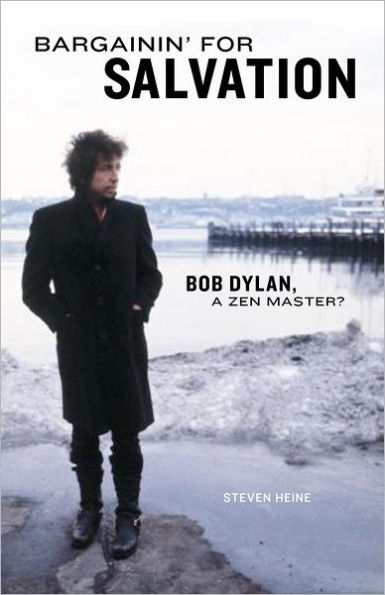

Paperback
-
PICK UP IN STORECheck Availability at Nearby Stores
Available within 2 business hours
Related collections and offers
Overview

Product Details
| ISBN-13: | 9780826429506 |
|---|---|
| Publisher: | Bloomsbury Academic |
| Publication date: | 05/01/2009 |
| Pages: | 288 |
| Product dimensions: | 6.00(w) x 8.90(h) x 1.00(d) |
About the Author

Table of Contents
1. Satori in Amsterdam - "Inside the Museums, Infinity Goes Up on Trial"
2. The Paths of Duality and Non-Duality - "The Judge is Coming In, Everybody Rise"
3. Duality I: The Protest Era - From the Union Halls to the Blues Bars
4. Non-Duality I: The Mid 60's Folk-Rock Era - "I've Had to Re-Arrange Their Faces"
5. Duality II: The Country Era - "Have a Bunch of Kids who Call Me 'Pa'"
6. Non-Duality II: The Mid-70's Road Show: "An Illusion to Me Now"
7. Duality III: The Gospel Era - "You Either Got Faith or Unbelief"
8. Non-Duality III: Mid-80's Retro - "Staying One Step Ahead of the Prosecutor Within"
9. The "Modern Era": Middle Way Lost - "I Used to Care, But Things Have Changed"
10. Dylan's Expressiveness and Zen - "Sitting Like Buddha in a Ten Foot Cell"
